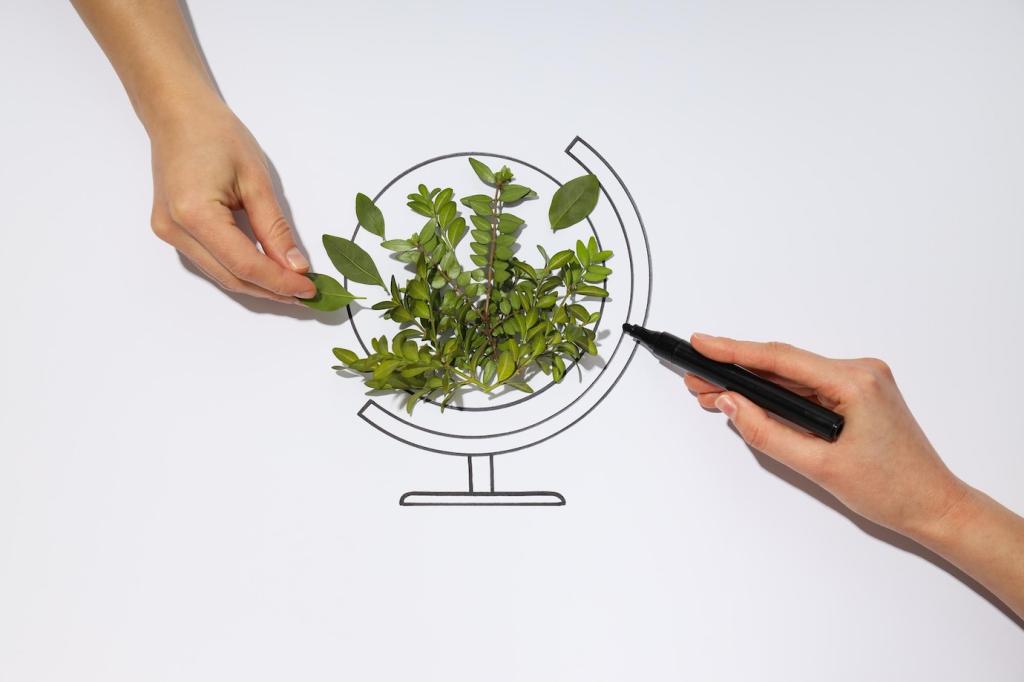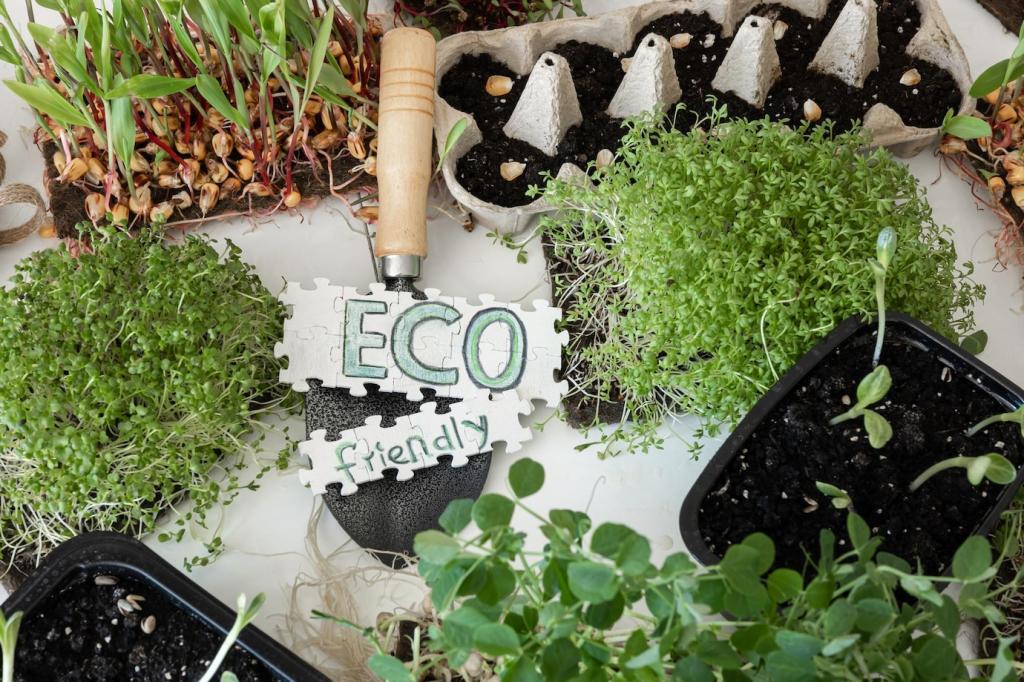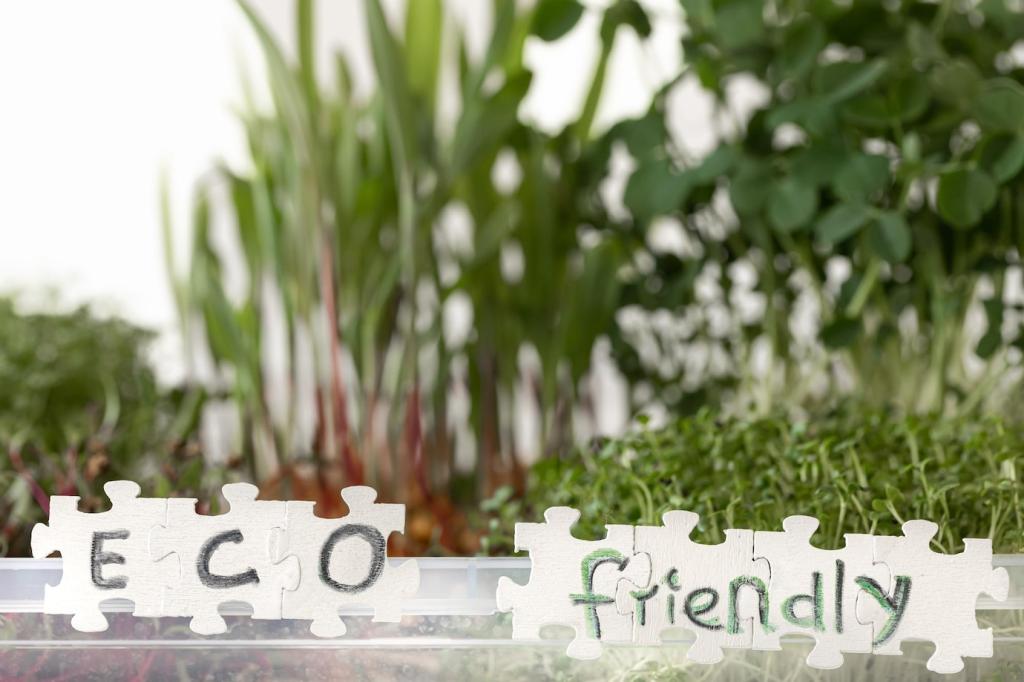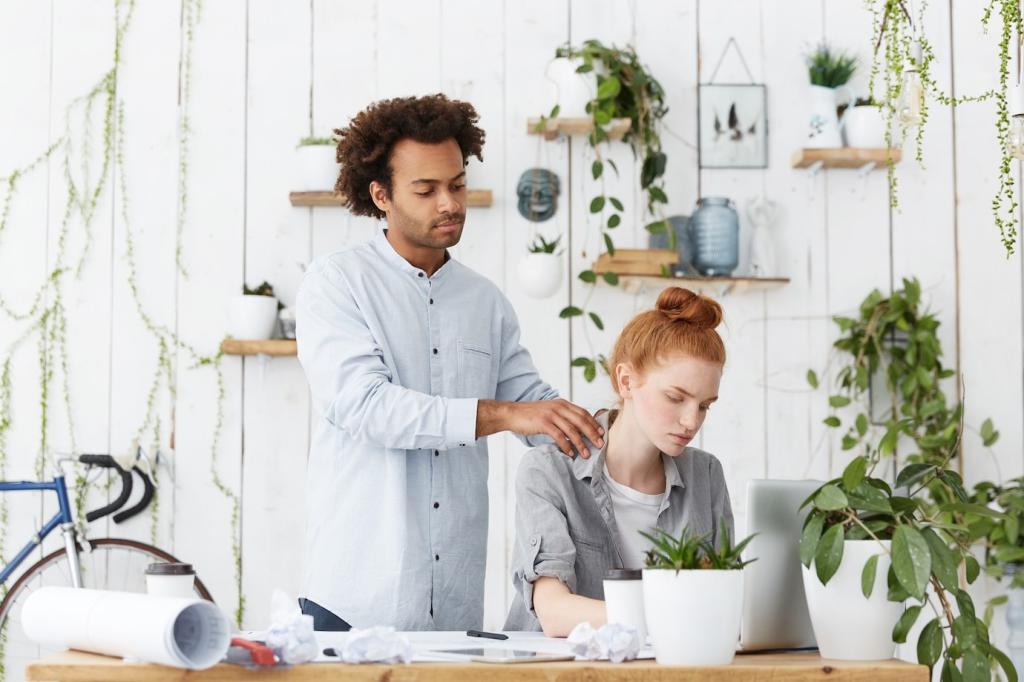
Transform with Purpose: Eco-Friendly Furniture Transformation Techniques
Chosen theme: Eco-Friendly Furniture Transformation Techniques. Welcome to a creative space where we turn tired pieces into long-lasting standouts using low-waste methods, non-toxic materials, and mindful design. Every salvage, brushstroke, and repair protects the planet and tells a story—share yours, subscribe for tutorials, and join our community of inspired, sustainable makers.
Sourcing Sustainably: Finding Furniture Worth Saving
Thrift, Curbside, and Community Groups
Thrift stores, curbside treasure hunts, and Buy Nothing groups are goldmines for solid-wood pieces with character. Scan listings daily, bring a tape measure, and look for dovetail joints. Skip fragile particleboard if you plan heavy repairs. Share your best secondhand scores with us, and tell readers what you rescued from the landfill this week.
Assessing Structural Integrity
Do the wobble test. Check legs, rungs, and stretchers for movement, peek under tops for screws pulled through, and inspect for cracks at stress points. Favor real wood over fragile veneer-on-chipboard. Watch for musty odors and pest damage. If you feel unsure, snap photos and ask our community for quick, practical feedback before you haul it home.
Questions to Ask Sellers
Ask about a piece’s history, repairs, and storage conditions. Was it in a smoke-free, pet-free home? Any warping, lingering odors, or missing hardware? Request close-up photos of joints, drawer runners, and the underside. Comment with your go-to questions and help new readers learn what to ask before committing to a fixer-upper.
Non-Toxic Stripping and Cleaning Methods
Citrus and soy-based strippers can gently lift old varnish without the aggressive fumes of traditional removers. Apply a generous layer, cover with parchment to slow evaporation, and allow dwell time. Scrape with a plastic card, then neutralize per directions. Ventilate well, wear gloves, and share your favorite safe-stripping tips with fellow readers.


Planet-Positive Repairs and Joinery
Disassemble gently, label parts, and clean away old glue with warm water or alcohol, depending on the adhesive. Use clamps and a reversible glue like liquid hide for future repairs. Align carefully, protect surfaces with cork pads, and wipe squeeze-out immediately. Share your clamp hacks and how you stabilized that wobbly heirloom chair without new hardware.
Planet-Positive Repairs and Joinery
Mix fine sawdust from the same wood with a water-based binder for a near-invisible filler, or choose a low-VOC commercial option. Layer thinly and sand between coats for strength. For larger defects, consider a Dutchman patch. Comment with color-matching tips and the moment your patch disappeared under the final finish.
Finishes That Breathe: Oils, Waxes, and Water-Based Coats

Hardwax Oils for Durability
Hardwax oils combine natural oils and waxes for a matte, touchable finish that resists spills. Sand to at least 180 grit, apply thin coats, and buff thoroughly. Let each coat cure fully for best durability. If you’ve tested different brands, share your real-world results and how the sheen evolves with time and use.

Milk Paint and Mineral Paint Magic
Milk paint offers velvety coverage with low odor and a timeworn charm, while mineral paints provide excellent adhesion with minimal prep. Layer colors, distress edges lightly, and seal strategically. Tell the story of a curbside nightstand reborn in stormy blue with a natural wax top—then invite readers to vote on your next palette.

Waterborne Topcoats Done Right
Use waterborne polyurethane or acrylic for a clear, low-odor shield that won’t amber light woods. Apply in thin, even passes with a high-quality synthetic brush or sprayer. Maintain good airflow and dust control. Post your before-and-afters and subscribe for our finishing schedule template to simplify multi-coat projects.
Color with Conscience: Natural Dyes and Paints
Mixing Milk Paint from Scratch
Blend casein powder, lime, and pigment with water to create a lively, breathable paint. Strain to remove lumps, then test on a sample board. Expect lovable variation—part of its handmade charm. Share your favorite ratios and the piece that finally convinced you that natural finishes can be both durable and deeply expressive.
Natural Stains from Kitchen Leftovers
Brew strong coffee or tea for gentle warmth, or ebonize oak with a simple vinegar-and-steel-wool solution reacting with tannins. Layer lightly and seal once dry. Tell us about the cutting board offcuts or table leaves you tinted with pantry experiments, and what unexpected tones your wood revealed under natural light.
Low-VOC Color Strategy
Plan palettes that unify mixed thrifted pieces: muted greens, clay reds, and inky blues feel modern yet grounded. Test swatches in daylight and lamplight, and log results. Ask readers which accent color makes your rescued bench sing, and subscribe to receive seasonal, low-VOC color mood boards curated for small spaces.
Upcycling Hardware the Smart Way
Soak hardware in warm soapy water, scrub with a soft brush, and brighten brass with a lemon-and-salt paste. Rinse, dry thoroughly, and protect with a micro-thin wax or oil. Note any flaking finishes and handle gently. Share a photo when your dull pulls sparkle again and tell us which method worked best.
Waste Less Workshop: Planning, Tools, and Safety
Start with a sharp hand plane, a card scraper, a reliable sander with HEPA extraction, and clamps you trust. Add a square, marking gauge, and good lighting. Repair and maintain tools to extend life. Tell us which single tool changed your transformations most, and why you’d buy it again tomorrow.
